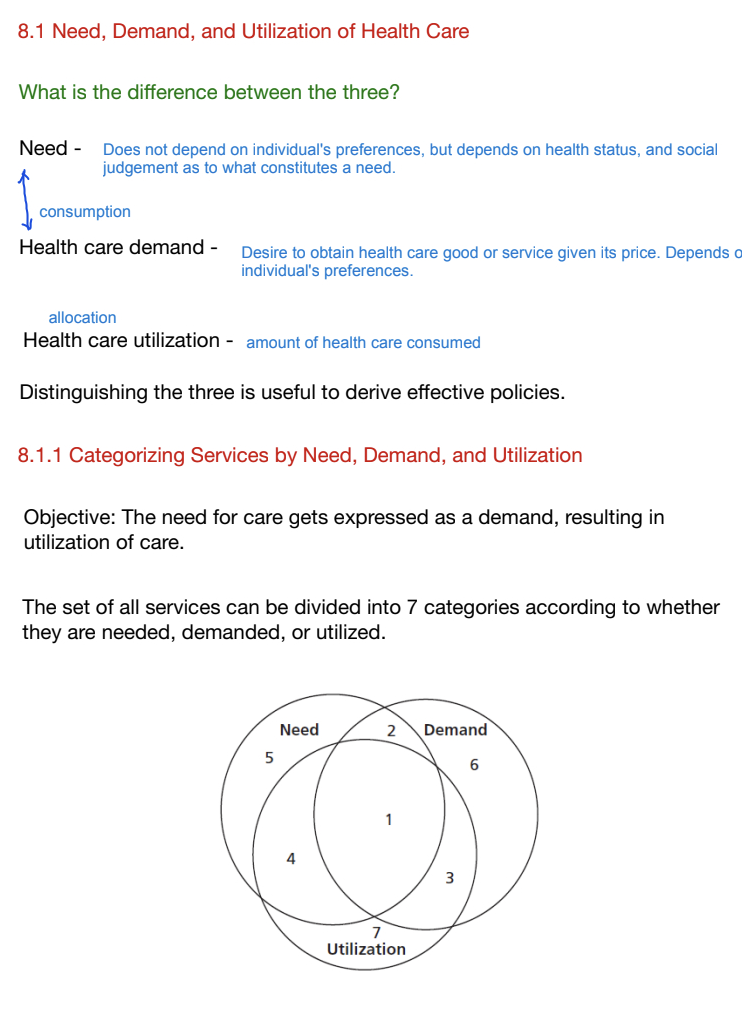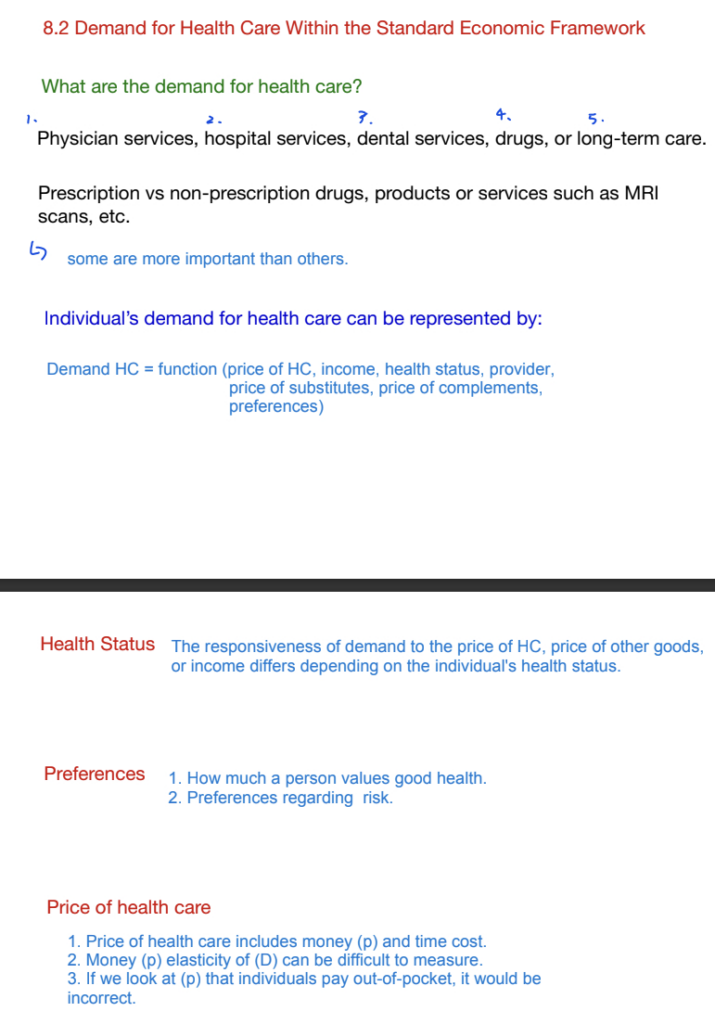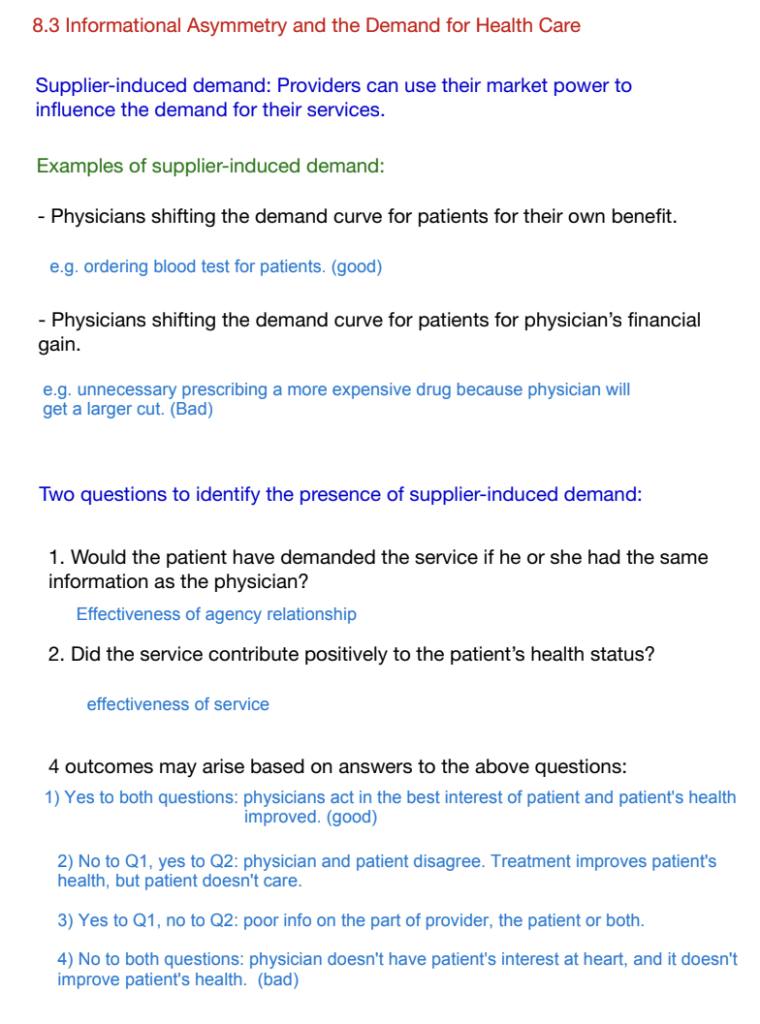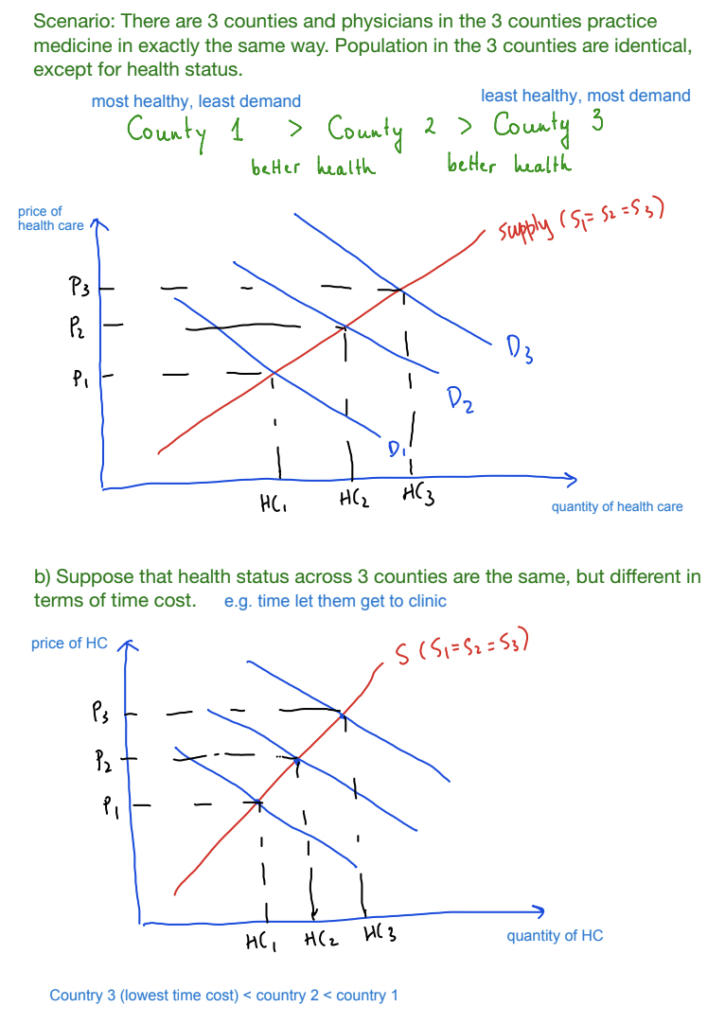Subtopics:
- Need, Demand, and Utilization of health care.
- Demand for health care within the standard economics framnework.
- Informational asymmetry and the demand for health care.





Learning Outcomes:
By the end of this chapter, you should be able to:
- Learn everything there is to know about the ideas of demand, utilisation, and necessity for healthcare services. Examine how a person’s perception of need, preferences, and access to resources affect their decision to seek medical attention. Investigate the numerous elements that influence how often people use the health system, such as demographics, socioeconomic status, and health insurance.
- Learn how to analyse the demand for healthcare services using the traditional economics paradigm. Analyse the typical demand-supply model in the context of the factors that affect the demand for health care, such as cost, income, and personal preferences. Examine the responsiveness of the demand for health care to variations in prices and income by applying economic principles like price elasticity of demand and income elasticity of demand.
- Recognise the idea of informational asymmetry in the context of health care, where patients may be less informed than clinicians about the available treatments, their costs, and their quality. Examine the effects of informational asymmetry on the demand for medical services, taking into account the possibility of either over or underutilization of care. Investigate factors including moral hazard, adverse selection, and agency theory to comprehend how information asymmetry impacts health care decision-making.